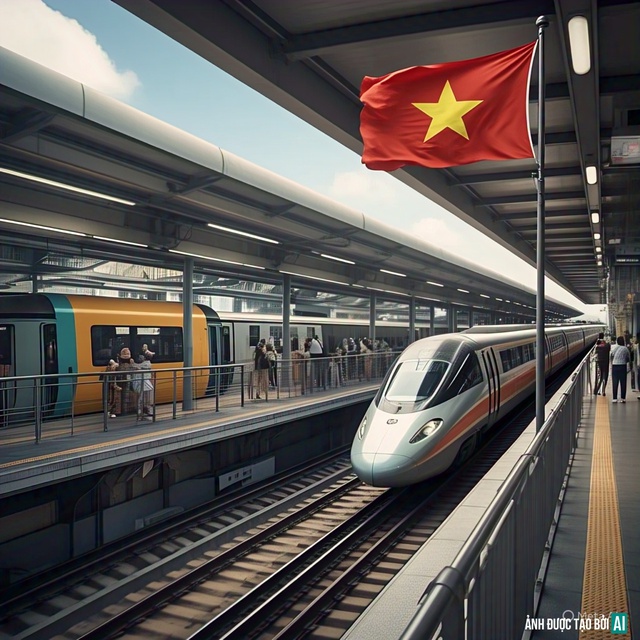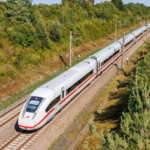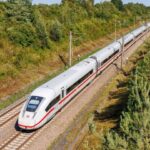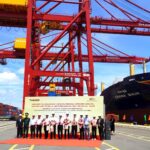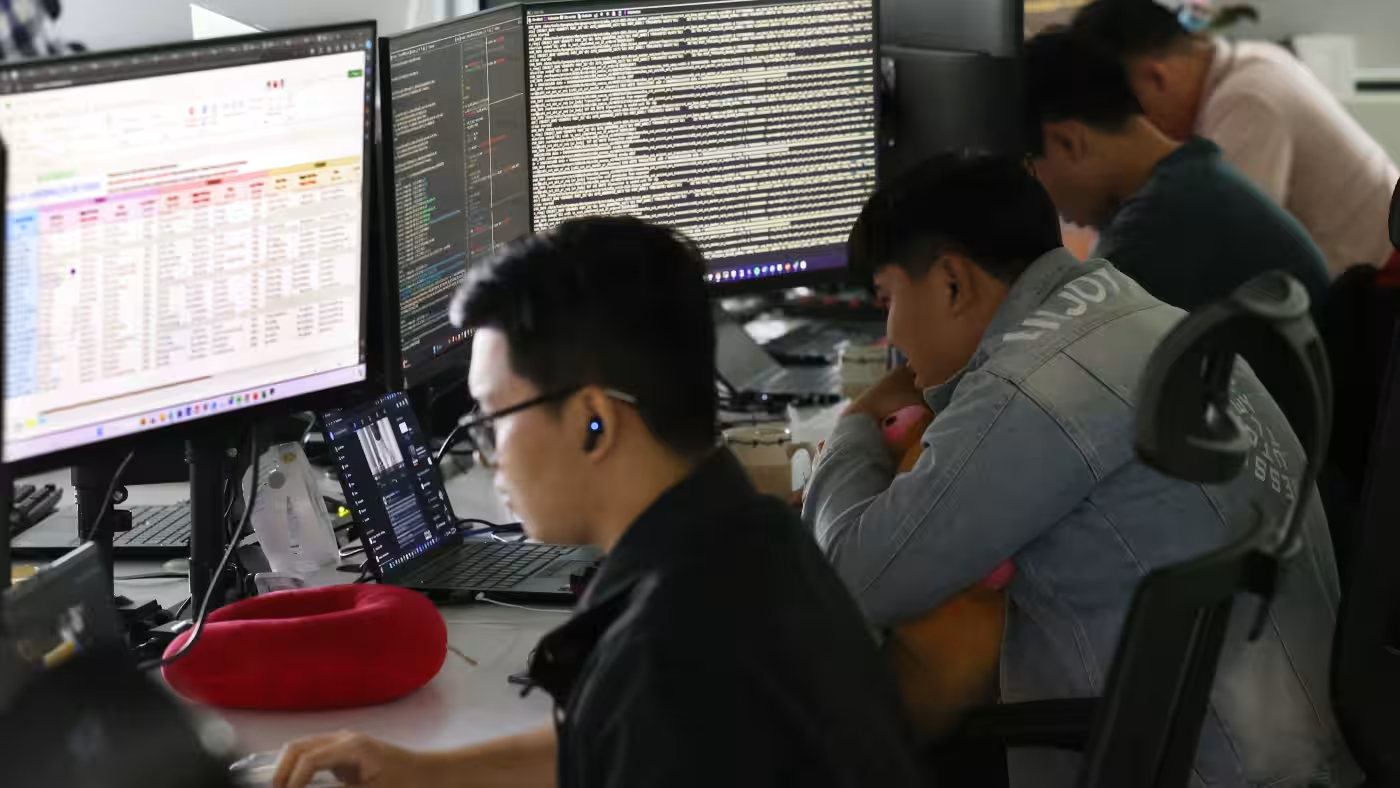THACO Proposes to Develop the High-Speed North-South Railway Project
In a recent development, Truong Hai Auto Corporation (THACO) has proposed to the Prime Minister a bid to invest in the construction of a high-speed railway on the North-South axis.
According to a letter addressed to Prime Minister Pham Minh Chinh, Mr. Tran Ba Duong, Chairman of THACO’s Board of Directors, stated that after thorough research on the High-Speed North-South Railway Project with the aim of contributing positively and substantially to the country, THACO has decided to propose investing in this project.
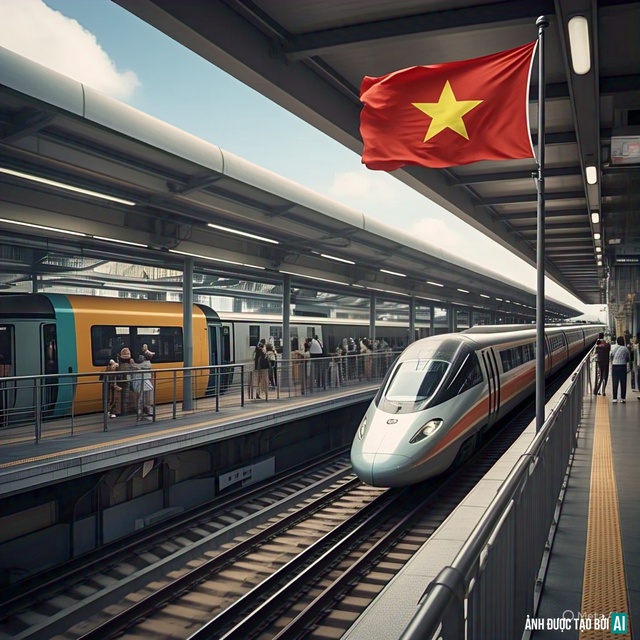
As per the proposal, THACO will invest in the North-South high-speed railway with a total investment of approximately $67 billion, including compensation, support, and resettlement costs. In the event that the government handles land clearance, the investment amount will be VND 1,562,000 billion (approximately $61.35 billion).
THACO intends to utilize its own capital combined with other legally mobilized sources to fund this project.
Specifically, the portion equivalent to 20% of the total investment (around $12.27 billion) will be contributed by THACO through equity issuance to increase capital for the parent company and its member companies. However, the issuance structure will ensure that Mr. Tran Ba Duong and his family continue to hold controlling stakes in THACO.
Simultaneously, THACO will establish a company to implement the project and invite domestic corporations and enterprises to participate in capital contribution. In the capital structure, THACO will maintain a controlling stake to ensure management rights. A prerequisite is set to not transfer, assign the project, capital contribution, or shares in the project company to foreign partners, thus ensuring the ownership and control of the project by domestic enterprises.
The remaining 80% (equivalent to $49.08 billion) will be borrowed from credit institutions inside and outside the country. THACO proposes that the government guarantee and support the entire interest expense for 30 years, with the project’s assets as collateral.
The Project Will Utilize the Most Advanced Technology
THACO is prepared to execute the project in two phases, completing the entire route within seven years. The first phase will prioritize the Hanoi-Ha Tinh and Ho Chi Minh City-Nha Trang sections. The second phase will connect the remaining section from Ha Tinh to Nha Trang.
Phase 1 involves completing the construction and operation of the project within five years, with two segments provided by the government with cleared land. Specifically, these are the routes from Ho Chi Minh City to Nha Trang and from Ho Chi Minh City to Ha Tinh, as these segments have high passenger and cargo transport demands for operational efficiency.
Phase 2 will involve the construction of the remaining section from Ha Tinh to Nha Trang, which is expected to take two years due to the complex terrain, requiring thorough research and planning.
THACO states that it will collaborate with leading technology partners from Europe (Germany, France) and Asia (Japan, South Korea) to acquire the most advanced technology.
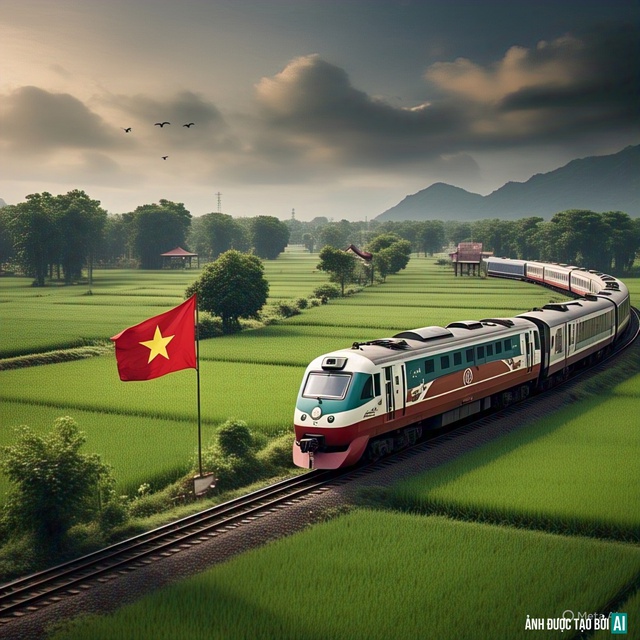
Additionally, THACO will organize personnel training to master technology in infrastructure construction, locomotive and carriage production, signaling and control systems, and management and operation of the high-speed railway system. This will foster the formation of a domestic railway industry and promote the development of foundational industries such as heavy industry (metallurgy, mechanics), and digital industry, among others.
Priority will be given to coordinating and partnering with domestic enterprises and corporations for items and tasks that can be fulfilled by domestic capabilities.
To undertake this project, the company has also requested certain investment incentives as stipulated in the Railway Law of 2017 and Resolution 172/2024/QH15. These include import tax exemption for machinery and equipment that cannot be produced domestically, land allocation for developing transit-oriented development (TOD) urban areas, and a proposed project implementation period of 70 years.
“We also commit to developing exemplary TOD models with reasonable prices to meet the housing and living needs of the majority of Vietnamese people,” said Mr. Tran Ba Duong, Chairman of THACO’s Board of Directors.
Furthermore, due to national security requirements, THACO proposes that the state will own certain physical assets and undertake a portion of the management and operation tasks. In special cases, for national security reasons, THACO pledges to hand over the entire project to the state for the country’s service,” added Mr. Duong.
Three member groups of THACO will play a pivotal role in implementing the North-South high-speed railway project.
THACO INDUSTRIES will be responsible for manufacturing locomotives, carriages, and related technical components. THADICO – Dai Quang Minh will oversee infrastructure construction and operation and develop urban areas following the TOD model (transit-oriented development). THISO will invest in and manage social infrastructure, including commerce, healthcare, and education, at urban areas associated with the stations.
A Significant Opportunity for the Railway Industry
The North-South high-speed railway project has a total route length of approximately 1,541 km, starting at Ngoc Hoi Station (Hanoi) and ending at Thu Thiem Station (Ho Chi Minh City), passing through 20 provinces and centrally-run cities.
The primary function of this project is passenger transportation, with the ability to transport cargo if necessary, meeting the dual-use requirements for national defense and security.
The project aims to reduce the burden on road and air transport, boost socio-economic development, and enhance national competitiveness. According to experts’ calculations, every dollar invested in the high-speed railway will generate an additional $1.7 to $2.3 for the economy.
A rendering of the North-South high-speed train. Video created by AI ChatGPT
Previously, VinSpeed High-Speed Railway Development and Investment Joint Stock Company, a company in which Mr. Pham Nhat Vuong, Chairman of Vingroup’s Board of Directors, holds 51% of the charter capital, proposed to invest in the North-South high-speed railway project.
VinSpeed committed to arranging 20% of the total investment, with the remaining 80% proposed to be borrowed from the government without interest for 35 years from the disbursement date. The company expects to commence construction before December 2025 and put the entire route into operation before December 2030.
Regarding this project, in a recent article, Dr. Le Xuan Nghia, former Vice Chairman of the National Financial Supervisory Commission, stated that with the implementation of the North-South High-Speed Railway Project, Vietnamese enterprises would have the opportunity to acquire and master core technologies, from manufacturing carriages, wheel axles, braking systems, and switch points to control technologies. This would mark a significant leap forward for the railway industry.
“By mastering the technology, Vietnam can build a high-value-added railway industry, comparable to the automotive industry,” said Dr. Le Xuan Nghia.
High-Speed Rail: A Strategic Impetus for Vietnam’s New Industrial Revolution.
Investing in high-speed rail is a prudent investment in the future of a new industry, intrinsically linked to human resource development, technology transfer, design, and innovation.
High-Speed North-South Railway: ‘It’s Time to Leverage Private Capital’
“It’s high time we tap into the private sector’s financial resources, dynamism, and strong management skills to embark on the North-South high-speed rail project,” said transport expert Nguyen Xuan Thuy.

